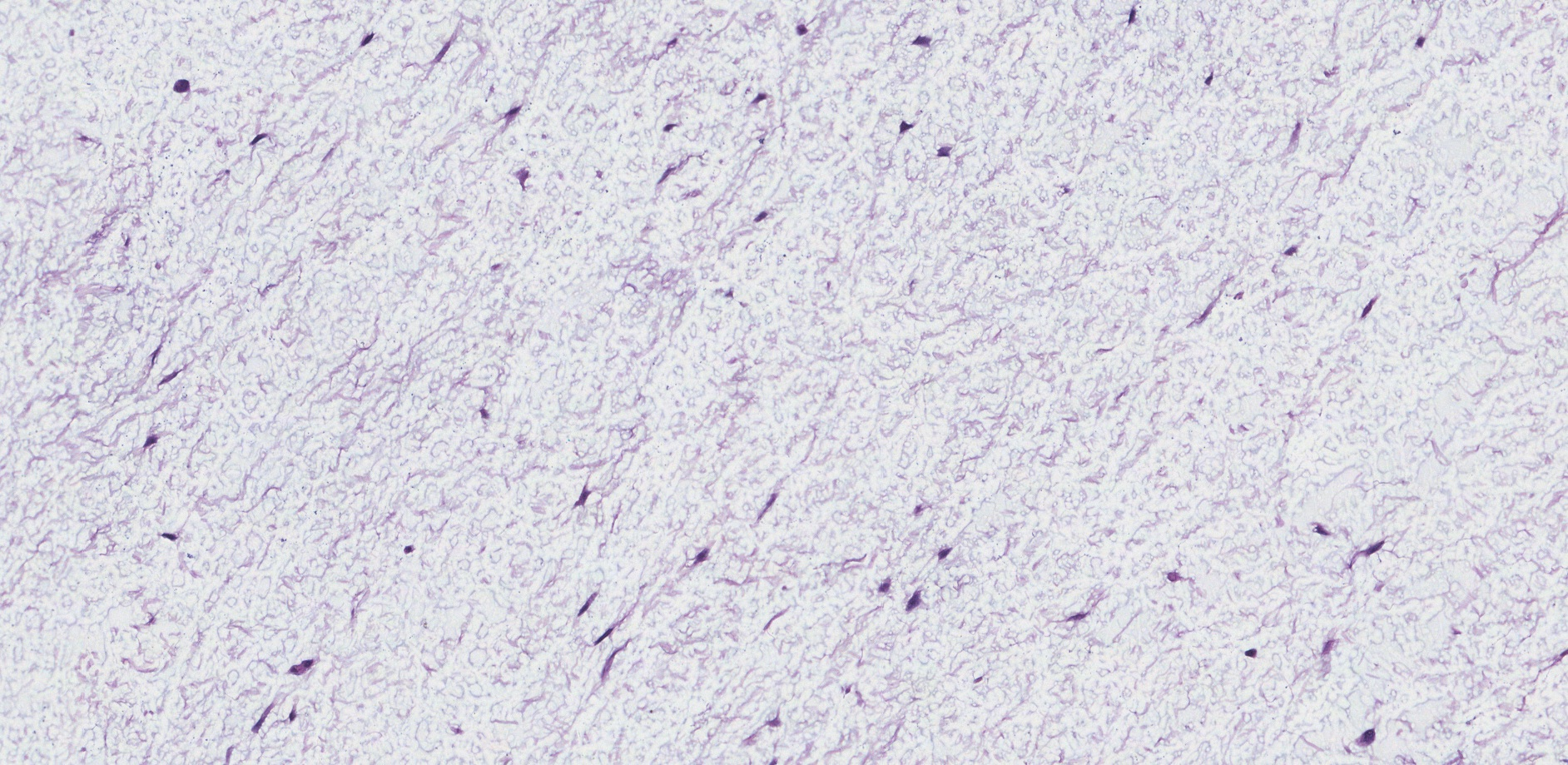By Jason Wasserman MD PhD FRCPC
March 24, 2023
What is a myxoma?
A myxoma is a non-cancerous tumour made up of spindle cells surrounded by myxoid tissue.
Where are myxomas found in the body?
Myxomas are commonly found in the heart, skin, and ovaries, around joints, inside nerves, and within skeletal muscle.
Is a myxoma benign or malignant?
A myxoma is a benign (non-cancerous) type of tumour.
What are the symptoms of a myxoma?
The symptoms of a myxoma depend on the size and location of the tumour. Tumours in the heart can result in symptoms such as sudden loss of consciousness, shortness of breath, chest pain, and the sensation of strong or irregular heartbeats. Tumours in the skin and skeletal muscle frequently present as a slow-growing painless mass. Tumours in the ovary are often discovered when imaging tests are performed for other reasons. However, a large tumour in the ovary can cause symptoms such as pelvic pain and pressure. Tumours within a joint can cause tenderness or pain around the joint.
What causes a myxoma?
At present, we do not fully understand why some people develop a myxoma. However, the tumour is believed to arise due to a combination of environmental factors and genetic predisposition. For example, tumours in skeletal muscle and around joints may develop after an injury or long-standing inflammation. Genetic predisposition includes Carney complex, a hereditary disorder associated with multiple myxomas, endocrine abnormalities, and abnormal skin pigmentation.
What does a myxoma look like under the microscope?
Regardless of their location, most myxomas are made up of long thin spindle cells that may be arranged as single cells or in groups. The cells are surrounded by myxoid tissue which appears light blue when stained with hematoxylin and eosin (H&E). Tumours with very few cells are called hypocellular while those with lots of cells are called cellular or hypercellular. A type of tissue breakdown described as degenerative change is often also seen. The areas of degenerative change may include hemorrhage (blood), fibrosis (scarring), and cysts (small holes in the tissue). Clumps of calcium called calcifications may also be seen.


